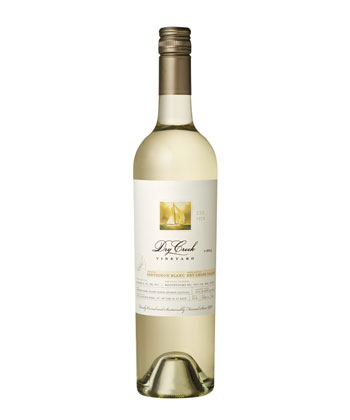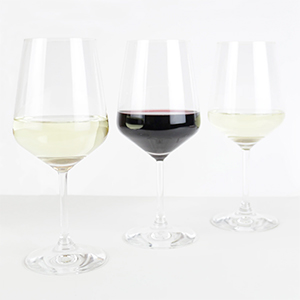The Dry Creek Valley is a relatively small American Viticultural Area (AVA) located in the north-central part of California’s Sonoma County. One of the smallest AVAs in the region, its signature red variety is Zinfandel, while Sauvignon Blanc is the leading white.
It was the eponymous Dry Creek Vineyard, founded by David Stare in 1972, that first planted Sauvignon Blanc in the valley. Its 2019 Sauvignon Blanc is a superb example of the variety’s success in the area.
This wine showcases what, for me, has become the hallmark of California Sauvignon: generous, fruit-driven wines that are fermented and aged mainly in stainless steel tanks, but often with a small part of the blend aged in barrels (83 percent and 17 percent, respectively, in the 2019 Dry Creek Sauvignon Blanc).
The barrel aging — in a combination of oak, acadia, and chestnut barrels — provides layers of complexity that marry with the fruit in these wines, in contrast with the mineral-driven Sauvignons of the Loire Valley, which almost never see oak. (Dry Creek Vineyard also makes a non-oaked Sauvignon Blanc it calls Fumé Blanc.)
At about $20, Dry Creek Vineyard’s 2019 Sauvignon Blanc is crisp and delicious with notes of pink grapefruit, mango, and green apple; hints of fennel seed and black licorice; and a subtle layer of cream on the finish. Alcohol is listed at 13.5 percent.
As for food pairings, fish, shellfish, and sushi are easy choices. So are all kinds of appetizers, and this is a perfect white to serve as a crisp and refreshing aperitif, perhaps while putting the finishing touches on your stay-at-home Thanksgiving feast. Dry Creek produced more than 12,000 cases of the 2019 Sauvignon Blanc, so it should be widely available, too.

